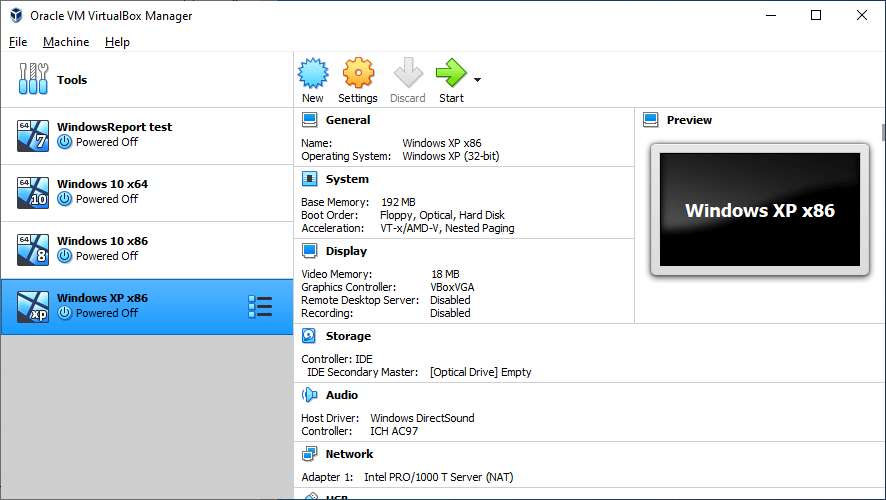

Initially, you won’t notice a difference. These days, Windows just complains at you in a few minor, cosmetic ways.

With Windows XP, Microsoft actually used Windows Genuine Advantage (WGA) to disable access to your computer. However, an unactivated version of Windows 10 doesn’t have many restrictions. RELATED: How Does Windows Activation Work?Īfter you’ve installed Windows 10 without a key, it won’t actually be activated. Whatever version you choose, Windows 10 will install normally. When you select this option, you’ll be able to install either “Windows 10 Home” or “Windows 10 Pro.” Bear in mind that, if you plan to pay to upgrade to the paid version later, it’ll be cheaper to upgrade to Windows 10 Home, so you may want to install the Home version. These keys won’t give you an activated copy of Windows unless you’re in an organization with a Key Management Service, but they will allow you to get through the Windows installation process. If you don’t see this option, you can also provide a KMS client setup key to continue. You may be asked to enter a product key later in the process, too - if you are, just look for a similar small link to skip that screen. One of the first screens you’ll see will ask you to enter your product key so you can “Activate Windows.” However, you can just click the “I don’t have a product key” link at the bottom of the window and Windows will allow you to continue the installation process. Just begin the installation process and install Windows 10 like you normally would.

If you visit that page on a Windows machine, it’ll redirect you to the download tool page instead. If you aren’t on Windows, you can visit the Windows 10 ISO download page to download an ISO directly (say, if you’re installing Windows 10 in Boot Camp on a Mac). There’s a Windows 10 download tool that runs on Windows systems, which will help you create a USB drive to install Windows 10.


 0 kommentar(er)
0 kommentar(er)
